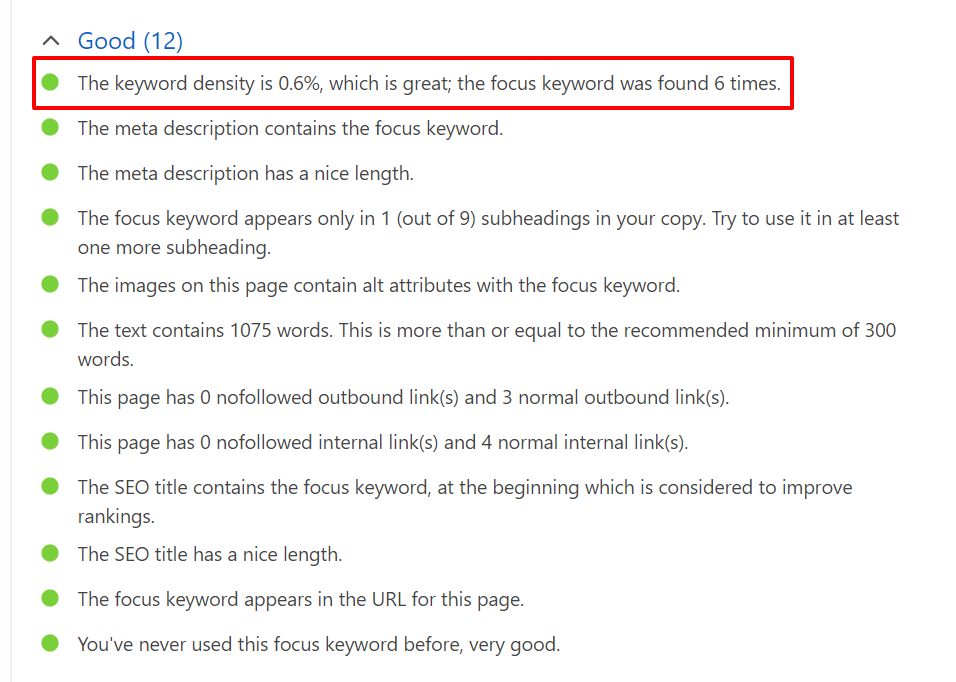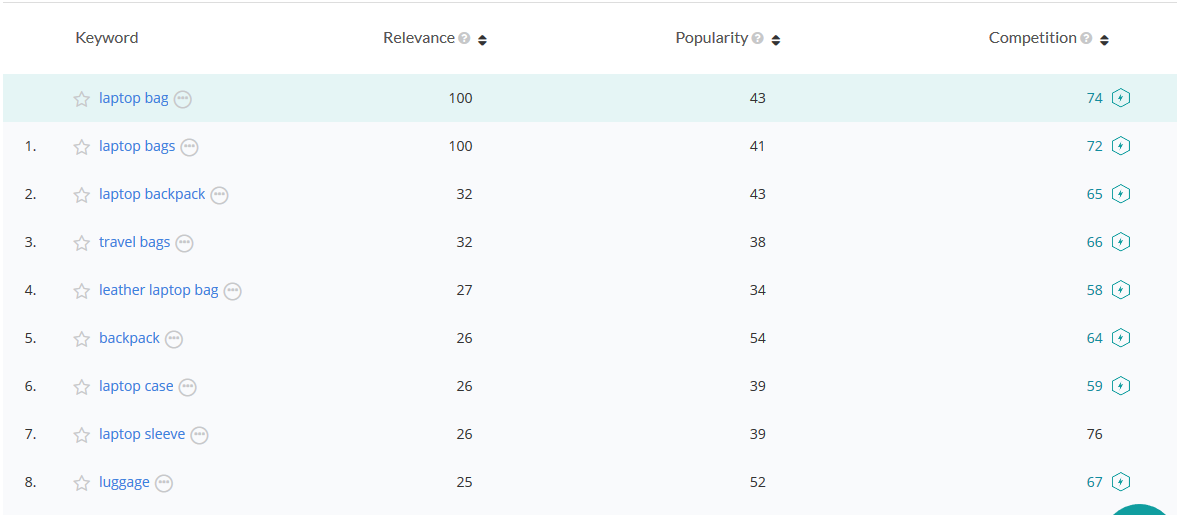E-commerce revolution has both social and employment implications
Derrick Penner
The Province
In the future of retail, it is likely that bricks-and-mortar stores and online commerce will merge into a seamless entity, says Vancouver tech entrepreneur Igor Faletski.
As CEO of the Vancouver-based online-commerce platform Mobify, Faletski has had a front-row view of the trend toward using technology to create a “frictionless transaction” that maximizes convenience for consumers while minimizing the amount of time they spend waiting in line.
“The days of a retail store as a place where you have inventory, you sell it and take money are short, because that’s not enough value to attract (consumers) to come there,” said Faletski. “Therefore, there is more of a focus definitely on frictionless shopping.”
Whether it is simple click-and-collect online grocery shopping, managing investments on your smart phone or using an app to pay for something in store to avoid a checkout line, commerce has become all about “reducing friction.”
Most people are familiar with the concept through online shopping with services such as Amazon Prime.
Shoppers go to a store’s website, click the “place order” button to purchase items that are billed to a credit card linked to their account, and a package arrives on their doorstep, maybe even on the same day.
The trend is to extend that simplicity across all retail.
“Everyone is focused on automating the payment process,” said Faletski, whose business builds ecommerce platforms for retailers to use. But this means eliminating points of contact between people, which has the power not only to alter the experience of consumers but to shape the nature of work itself. Replacing those contacts with automation and artificial intelligence shifts where the jobs are in commerce, potentially eliminating whole classes of employment before it is entirely clear if workers will have comparable jobs to move to, experts worry.
It also threatens to increase the so-called digital divide between those who are adept with technology — and can afford the smart phones, computers and data plans that go along with it — and those who aren’t, especially seniors who also face increasing issues with social isolation.
Social implications of automation
“I think we’re still grappling with what the implications are of taking the human element out of some of these transactions,” said Kendra Strauss, director of the labour studies program at SFU’s Morgan Centre for Labour Research.
“And what we’re probably not thinking about is what does it mean for people who rely on those interactions for any human contact in their day.”
That is a prime concern for another SFU academic, gerontologist Andrew Wister, who is studying the prevalence and consequences of social isolation that seniors already face.
“It’s a double-edged sword, isn’t it?” Wister said of the technology that enables automation in commerce.
On one side, Wister said, technology that lets people shop from their homes is a benefit to seniors with limited mobility who can’t get outside as much as they used to.
On the other side, technology that removes human contact from the equation can magnify the sense of isolation people are already experiencing.
Wister characterizes those everyday contacts as “extremely important” in helping people maintain a sense of connectedness with the community around them.
Social isolation is becoming a big enough problem that the United Kingdom has appointed a minister for loneliness. In Canada, data shows that between one in four and one in five middle-aged and older citizens experience some form of loneliness, Wister said.
When it comes to counteracting social isolation, face-to-face interactions matter more than conversations via text or social media, he added.
As for technology in commerce, Wister said there has perhaps been too much focus on efficiency and not enough thought about the unintended consequences when it comes to decreased social interactions.
At the front end, removing friction is all about increasing convenience.
“When you remove friction from the consumption of a particular service, people love it,” said Andrew Harries, a professor of entrepreneurship and innovation at Simon Fraser University’s Beedie School of Business.
He points to examples such as the ride-hailing service Uber, which makes arranging transportation as simple as opening up an app, or mega tech-and-retail firm Amazon, which does the same for online shopping and has upped the ante for all of retail with its Amazon Go store in Seattle.
On its website, Amazon boasts that creating Amazon Go was a four-year journey to weave a network of cameras, sensors and “deep learning algorithms” together for an experience that allows shoppers to scan its app upon entry, pick up items and walk out without going through a checkout.
The cameras and sensors keep track of what shoppers pick up, or put back, then the app bills their credit cards for what they keep after leaving in what Amazon bills as “walkout technology.”
Traditional jobs versus artificial intelligence
“And people will enjoy this too,” Harries said. “But there are two schools of thought on the bigger question about what AI is going to do with the future of work.”
Optimists hold that innovations will create new jobs and new types of work, Harries said.
However, although Harries is inclined toward using technology to streamline services — he was a co-founder of Sierra Wireless and other startups — he is also “deeply concerned about the future of work with the advent of AI.”
Retail and wholesale trade has a big footprint in the Canadian economy, accounting for 389,000 jobs in B.C., 20 per cent of all service sector employment, according to Statistics Canada’s labour force survey.
Within that, Stats Can data classifies 77,000 0f those positions as “sales support” occupations — cashiers, gas-station attendants and employees who stock shelves.
Nationally, those numbers are 2.84 million wholesale and retail employees — just under 20 per cent of the service sector with 624,000 in sales-support occupations.
Previous cycles of the Industrial Revolution saw automation replace dirty and dangerous jobs and workers move on to more skilled occupations, but with AI and robots taking over repetitive tasks, “it’s not entirely clear that there will be better work for people in the future,” Harries said.
Faletski, however, is in the optimistic camp, arguing that even if cashiers are displaced, retailers will need to turn them into more skilled in-store experts to improve customer experience, which will carry more of a premium for retailers in the future.
There is a big drive toward more automated payment systems, Faletski said. The options might not be as sophisticated as Amazon Go, but will involve retailers using mobile-based payment systems, such as the system Apple gives to its in-store staff.
“There’s definitely a trend of putting people into solving more difficult problems (for customers) than just taking your credit card,” Faletski said.
While retailers are trying to reduce friction in transactions, it is still a relationship business, argues SaveOn-Foods spokeswoman Julie Dickson, which requires “the human contact piece of it” to work well, particularly in the grocery sector.
Save-On-Foods has embraced online shopping, offering either home delivery or click-and-collect orders in 77 communities via the grocer’s website, but Dickson maintains that the move hasn’t cost the grocer jobs but has created hundreds of jobs to provide new services to customers.
“We have quite a large new group of customer service experts on the phones working on the technical supports needed when customers are new to it,” Dickson said.
When customers aren’t coming into stores, that creates the need for a new group of “personal shoppers” who pick and put customer orders together, right down to selecting the correct ripeness of bananas customers have requested.
“It’s a personal business, it’s a people business,” Dickson said. “It’s about finding ways to use technology and the tools available to us that further enhance that relationship.”
Tech jobs being created
There won’t be any going back, either, according to Tea Nicola, CEO of the AI-enhanced investment adviser WealthBar, which has seen its own smart phone app become central to its services.
“I think that this technology is changing the way that consumers think and behave,” Nicola said, and Amazon, with its Prime delivery service and Amazon Go store has set high expectations for everyone else.
In financial services, it can still take days for transactions that WealthBar executes for clients to clear the layers of bureaucracy within the industry. However, Nicola said, an increasing number of its clients use and depend on the firm’s app.
“There has been pressure on us from customers to improve its functionality, add features and improve speed,” she added, so the company has invested in creating a next generation of its technology.
WealthBar, as a so-called robo-adviser that uses artificial intelligence to help make decisions within investment portfolios, is a disruption within the industry itself to start with.
However, Nicola doesn’t worry about any of the technology displacing people because she sees new jobs and entire new career fields being created to enable it.
Inside WealthBar, for instance, Nicola said they’ve re-organized their workforce to leave their human advisers free to work with clients and write investment plans while the firm’s marketing team concentrates on recruiting and signing up customers.
And both teams rely on new layers of technology that require their own personnel.
“The advisers of the past didn’t have a software development team and didn’t have a user-experience designer (to support their work),” Nicola said.
“User experience designer didn’t exist as a degree in school when I went to university, now it does.”
Nicola said automation will reduce some roles, so society as a whole will have to embrace the concept of continuing education and training of its workforce as it adapts to new technology.
“I don’t think that’s impossible,” she said. “It’s not, ‘Now we have technology and x amount of people are going to lose their jobs, too bad so sad’.”
Technological change, though, does invite questions about who will be the winners and losers when it comes to what kinds of jobs will be displaced and who will get the new jobs that are created, according to SFU associate professor and labour expert Strauss.
“To my mind, the question, in part, is not just what jobs are going to be created and what kind of jobs lost, but what kind of (new) jobs will they be,” she said.
At one end, Strauss said, the concern is that automation will replace stable, full-time jobs with what labour groups refer to as precarious employment — part-time jobs or contract positions — in the so-called “gig economy.”
Strauss said studies are showing that those in precarious employment tend to be minorities, new immigrants and the young.
Many of the new jobs being created through services such as Uber, Lyft or Airbnb are billed as “side hustle,” Strauss said, or opportunities for people to earn extra income.
“One of the things we’re hearing from younger people is that they’re increasingly cobbling together fulltime income from a variety of more precarious, gig-type work,” Strauss said.
Those kinds of contract jobs are hard to capture in Canada’s traditional workforce measurements, such as Statistics Canada’s labourforce survey, Strauss said, so “we’re already a little bit behind the curve in terms of figuring out the shifts we’re in the middle of.”
The kicker, however, is that the big, growing companies that successfully embrace change, such as Amazon, will always have room for more staff in stable jobs, according to Harries.
Those will be the creators, the companies that come up with new ideas for ways of doing things and the technologists capable of coding them into existence.
“I don’t see Amazon laying off all its workers and hiring them back on contract,” Harries said.
© 2018 Postmedia Network Inc.





